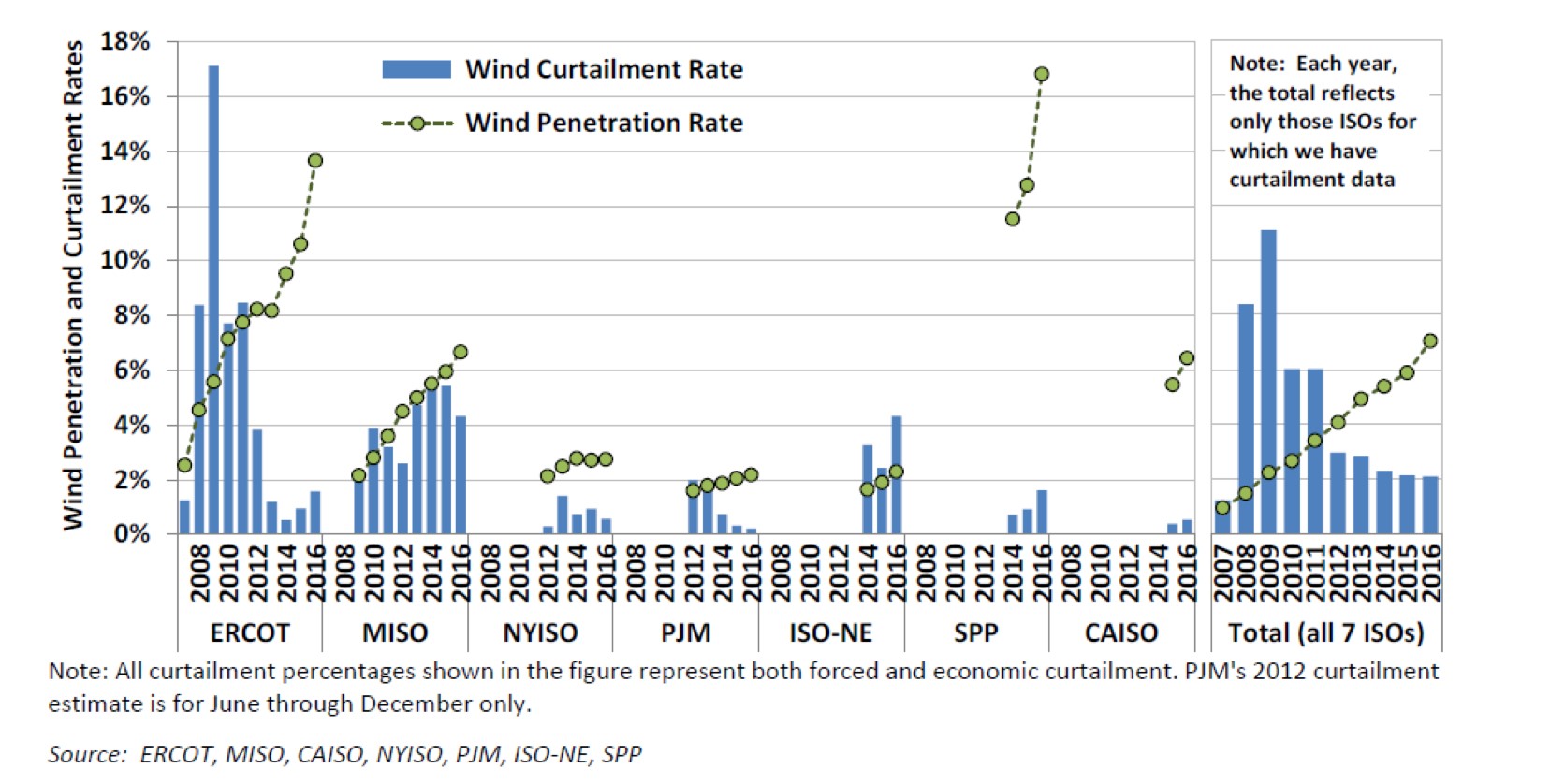When kids hear the fairy tale Chicken Little, they learn that a confused little bird is hit on the head with an acorn and concludes the sky is falling. It then manages to convince a handful of other animals of this, and they do a whole lot of running around for absolutely no good reason before a wily fox takes advantage of their confusion and eats them. It is a good story for us to remember because, from time to time, people do the same thing: They cause a lot of unnecessary confusion and try to convince us that the sky is falling.
In the case of the accelerating trend of electric vehicle (EV) adoption, the acorn is EV-driven load growth and the falling sky is unlikely charging scenarios that, their proponents claim, pose dangers to the reliability of the power grid. Blogging about a recent paper available from GTM Research/Wood MacKenzie, authors from the Institute for Energy Research (IER) warned that simultaneous charging of just 60,000 electric vehicles could threaten the Texas grid: “Based on a 100-kilowatt EV battery with a five-minute charge time, which could potentially be the standard for EVs in three or four years according to Wood Mackenzie, demand from 60,000 cars charging at once would equate to 70 gigawatts; this is equal to the current peak demand of the Electric Reliability Council of Texas (ERCOT).”
The first problem with this Chicken Little scenario: The report assumes 60,000 vehicles simultaneously charging on ultra-high-capacity chargers designed to provide 300 miles of range in a five-minute charging session. This would require a charger with 1.1 MW of capacity. This type of charger does not yet exist, nor are there EV industry plans to install them in the near future.
The second problem: The EV industry and utilities are aware of the capacity demands of high-capacity fast-chargers. But these are likely to be needed only in modest numbers along major highways, to enable long-distance travel by EV. They are not expected to account for a significant percentage of total EV charging.
The more likely scenario will be the use of Level 2 chargers overnight, at home, or at work during the day (6.6 kWs, not 1,100 kWs as IER claims). Even if this were to happen all at once, which is IER’s assumption, that would create 396 MWs of demand, amounting to 0.57 percent of ERCOT’s load—an acorn. The average commuter drives about 40 miles per day; this would require 10 kWh per day of charging, or about two hours per day on a standard Level 2 charger. If they only need to be plugged in eight percent of the time, it’s highly unlikely they would all be charging at once.
Consider California, for example, which has over 350,000 EVs—nearly half the U.S. market. There is ample evidence in the California Public Utilities Commission’s Annual Joint IOU EV Load Research Reports that California EVs are not crashing the grid. Appropriate rate design (time-of-use rates) is an effective tool for managing that load.
Furthermore, Synapse Energy Economics reports that the grid upgrades attributable to EV load are negligible across the service territories of California’s three investor-owned utilities: 0.19 percent of EVs required upgrades resulting in about .01 percent of the utilities’ expenditures in 2016—another acorn, maybe two.
What About the Energy We Throw Away? An Opportunity from Curtailment
As illustrated by the figure below, increased amounts of renewable energy are being produced across the country. For example, Texas, Oklahoma, and Iowa lead the nation in installed utility-scale wind capacity. However, wind energy is regularly curtailed (discarded) due to lack of corresponding load to absorb it. Now here is an opportunity.

In 2016, ERCOT curtailed 846.3 GWh of wind energy, or about 1.6 percent of its total potential wind generation. In that same year, Midcontinent Independent System Operator MISO curtailed 2,099 GWh of wind power, or about 4.3 percent of its total wind energy potential. Across all seven regions shown in the graph, total wind energy curtailment was 3,953 GWh, over 2.0 percent of potential. Wind is not the only renewable affected. California Independent System Operator CAISO, for example, curtailed 234.693 GWh of solar energy in 2016.
By controlling electric vehicle charging into the hours when wind energy is plentiful in Texas, we could charge about a half-million electric vehicles with wind energy now being wasted. That doesn’t happen today due to limited EV demand in the overnight hours; but it could, and it would exchange the polluting use of petroleum for negative- or zero-cost, carbon-free wind energy from existing turbines. Imagine the future owners of those half-million EVs, given the incentive of well-designed rates, plugging into time-controlled home chargers at night to power their cars with the wind that system operators otherwise wouldn’t be able to use. At 6 cents per kWh, about half the current day-time rate, they would be buying fuel at the equivalent of 60 cents per gallon of gasoline—and helping pay for the wind power and distribution system as well.
Our acorns have suddenly sprouted into a solution.
Tell Chicken Little: The sky is calling, not falling.
